Identify and Manage Lawn Diseases and Pests for a Vibrant and Healthy Lawn
How To Spot Lawn Diseases and Pests
Nothing spoils a beautiful green lawn like unsightly weeds growing out of control. Learn about the most prominent types of lawn weeds and effective prevention strategies for a pristine, weed-free lawn. And when it comes time to free your lawn of these invasive intruders, Turf 10’s Premium Lawn Care Package tackles existing weeds and prevents their return, ensuring a lush and healthy lawn year-round.
Common Lawn Diseases
Lawn diseases can manifest in various ways, including discoloration, wilting, or the appearance of unusual growth patterns. Below, find some common signs to look out for to prevent these annoying issues.
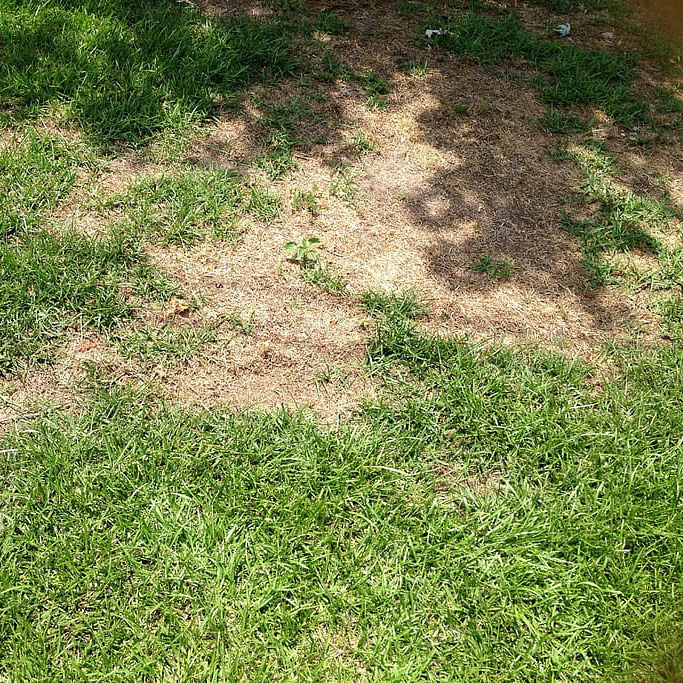
Brown Patch
This disease appears as circular or irregular brown patches in the lawn. The affected areas may have a dark outer ring and a lighter or dead center.
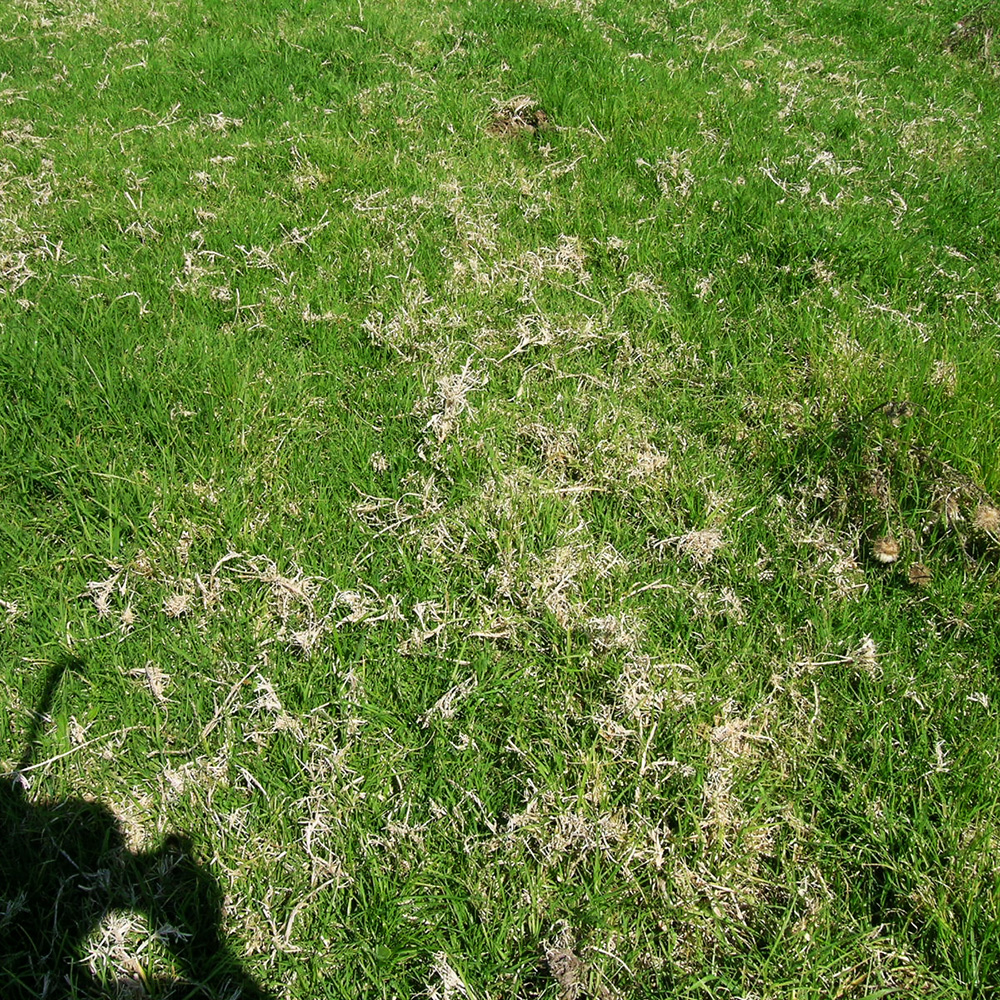
Dollar Spot
Dollar spot appears as small, silver-dollar-sized patches with bleached or straw-colored grass. Fine web-like structures may be visible in the early morning dew.

Fusarium Patch
Fusarium patch is characterized by circular, reddish-brown patches with a white or pinkish “smoke ring” at the outer edges.
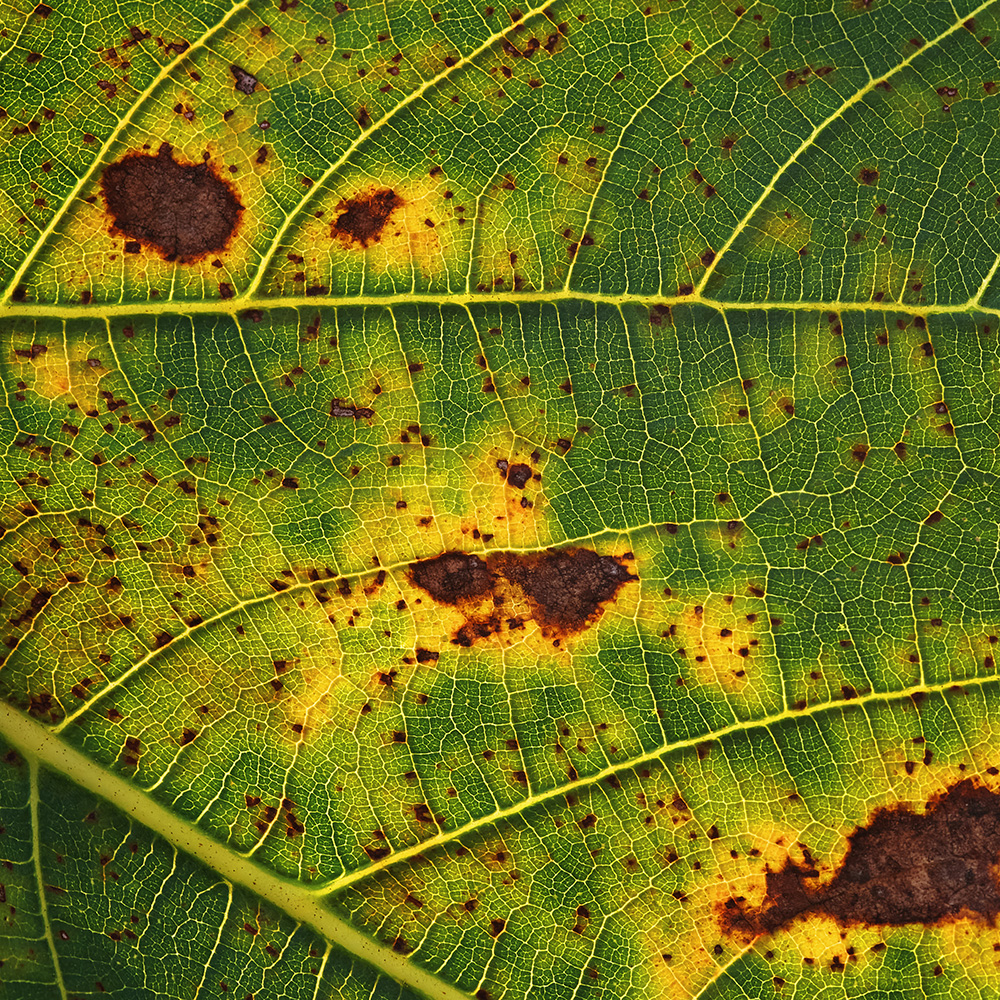
Leaf Spot
Leaf spot disease causes small, dark spots or lesions on the grass blades. The spots may enlarge and merge, leading to thinning or browning of the grass.
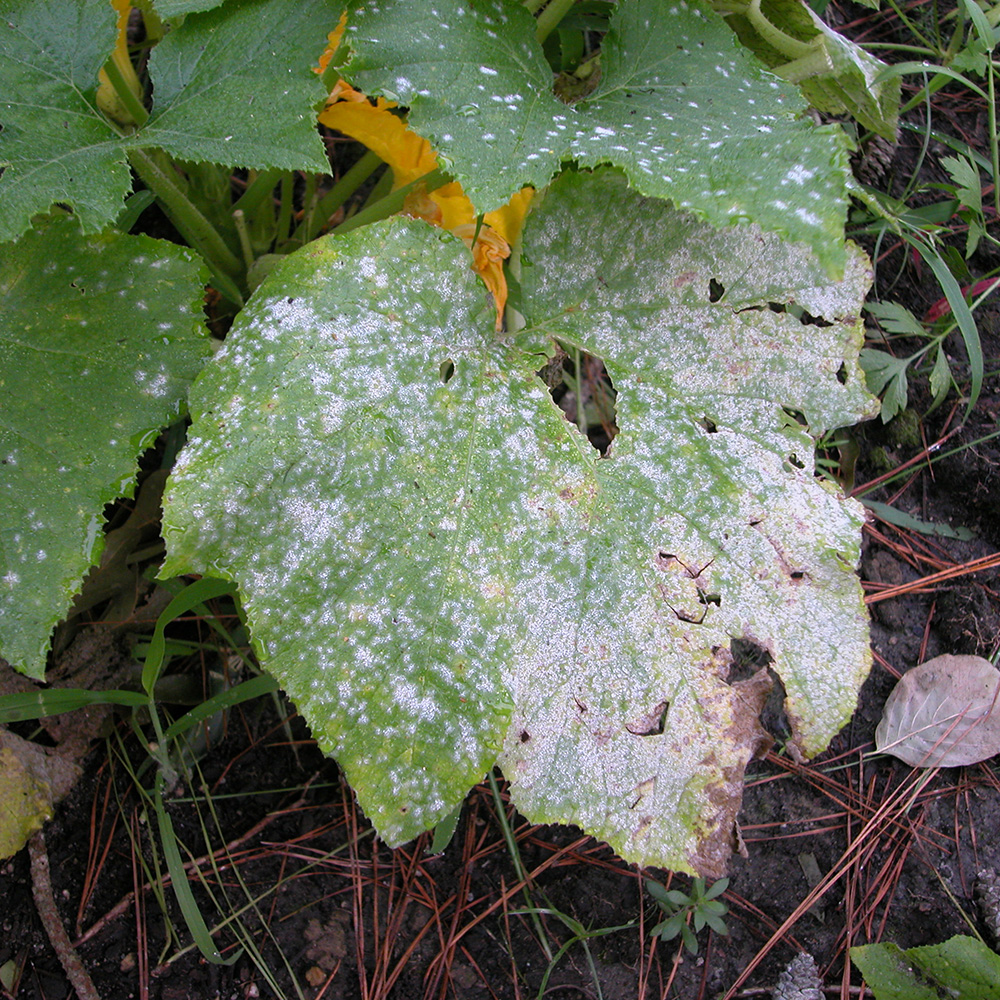
Powdery Mildew
Powdery mildew presents as a white or gray powdery coating on the grass blades. It often occurs in shady and humid areas.
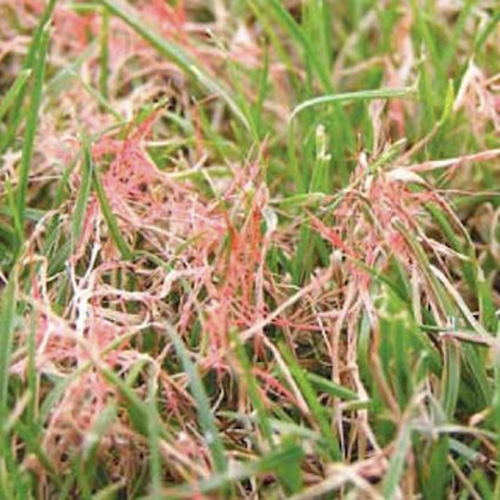
Red Thread
Red thread disease creates pinkish-red threads or patches in the lawn. It often occurs in moist, cool conditions and can give the grass a thin and weak appearance.
Identifying Common Lawn Pests
Lawn pests can wreak havoc on your lawn if left unchecked. Here are some common pests to watch for.
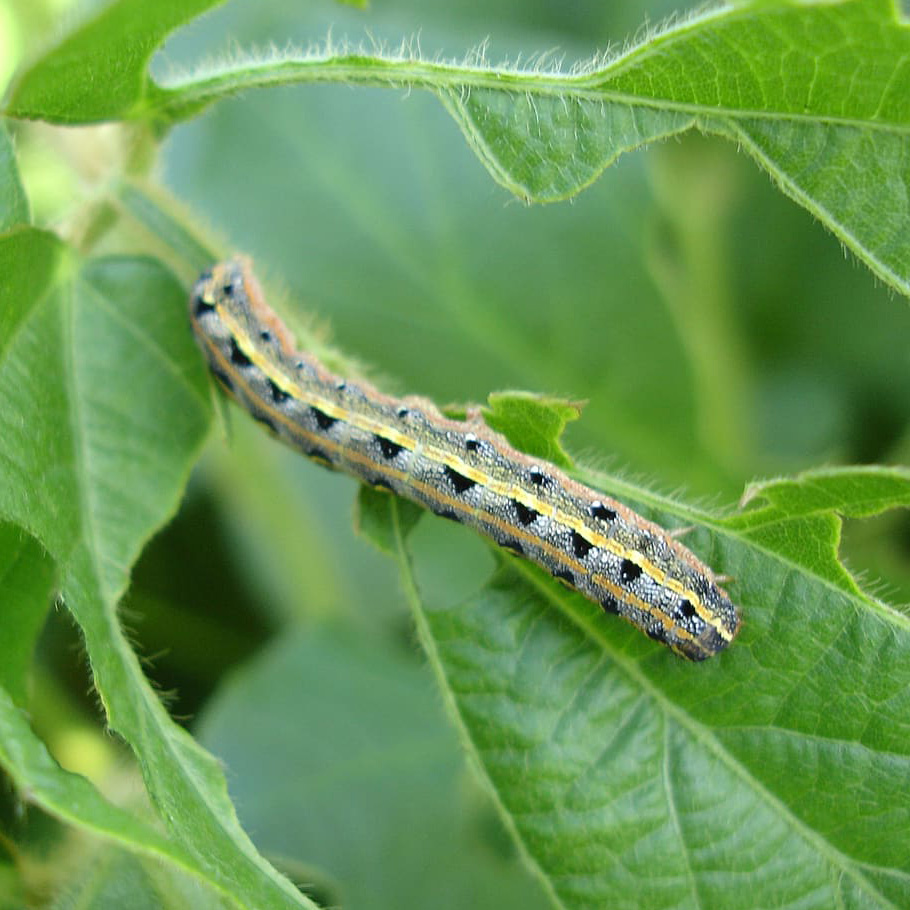
Armyworms
Armyworms are green or brown caterpillars with stripes along their bodies. They feed on grass blades, causing large areas of turf to turn brown or thin out rapidly.
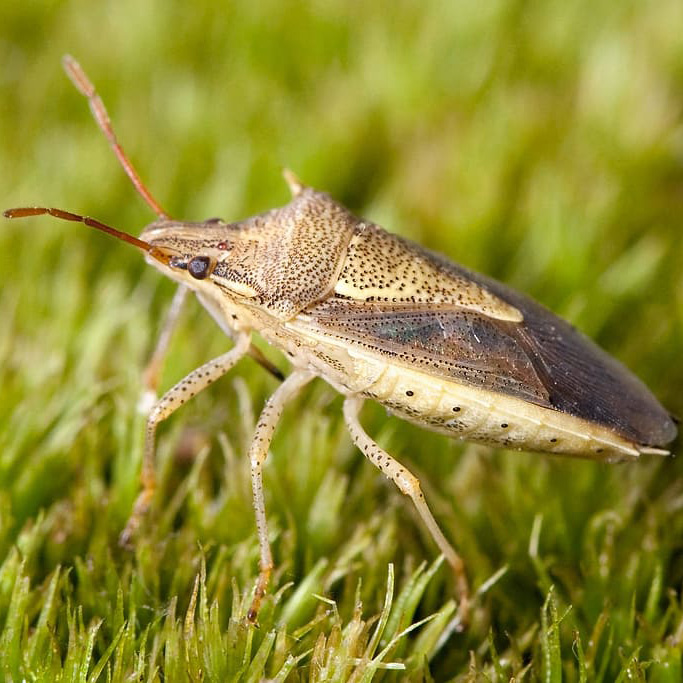
Chinch Bugs
Chinch bugs are small, black-bodied insects with white wings. They suck the sap from grass blades, causing yellow or brown patches, especially in sunny areas.
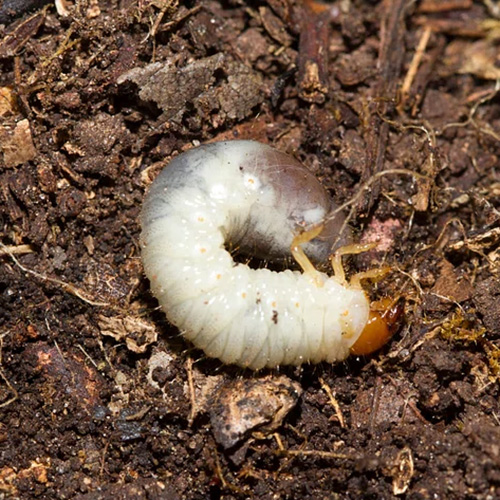
Grubs
Grubs are white, C-shaped larvae of beetles that feed on grassroots. Signs of grub infestation include thinning or browning patches of grass that can be easily pulled up like a carpet.
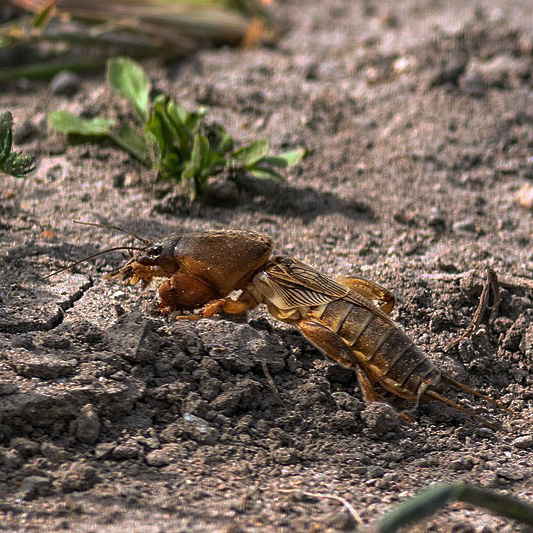
Mole Crickets
Mole crickets are brown insects with large front legs adapted for digging. They tunnel through the soil, uprooting grass and causing sections of the lawn to sink or become uneven.
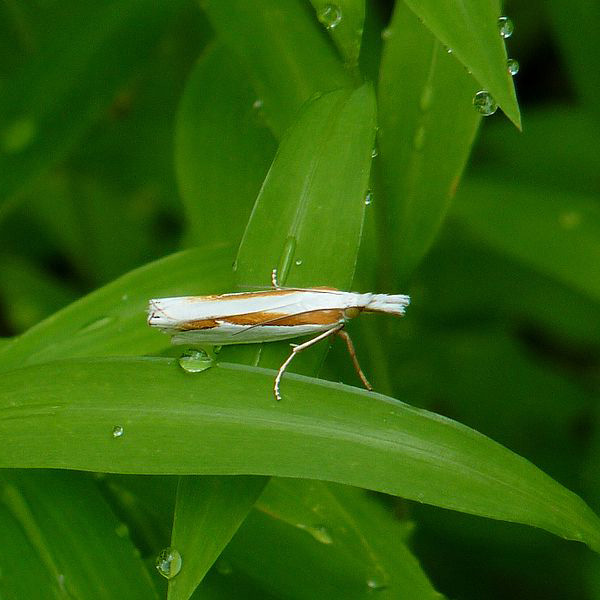
Sod Webworms
Sod webworms are caterpillars that create small, brown patches of dead grass. You may notice small holes in the turf and the presence of silken tunnels or webbing.
